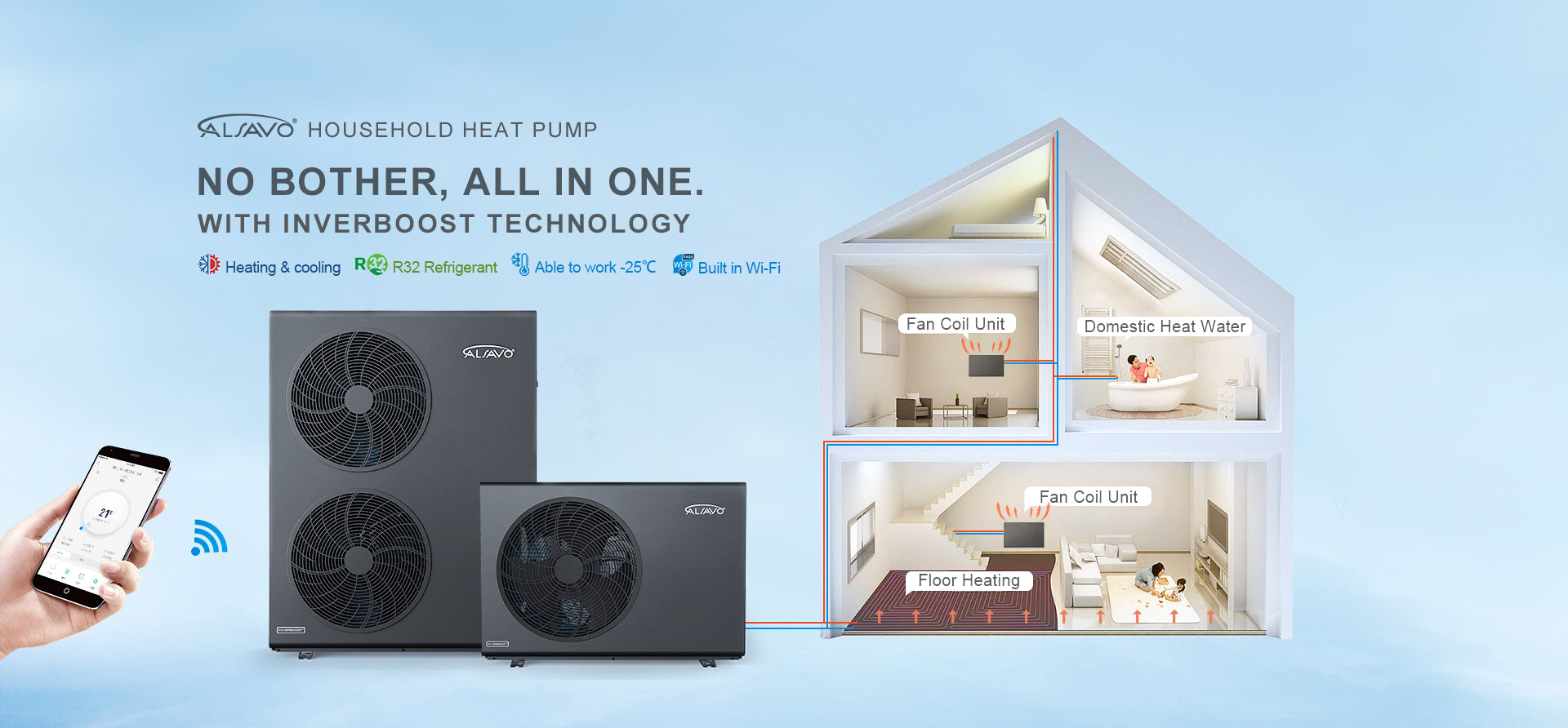Maximizing Energy Savings with Air Source Heat Pumps: Tips and Tricks
Many householders attempt to maximize energy savings, now not simply to decrease their ecological footprint but additionally to save money on their monthly energy costs. One method is to set up air source heat pumps (ASHPs) in homes, which provide appropriate temperatures for the residences whilst using green resources and ensuing in considerable energy savings. Yet, to completely utilize the air source heat pump system, house owners have to learn how to enhance energy efficiency. Several strategies for increasing energy savings using air source heat pumps are introduced below.
Understand how an ASHP works
Knowing how an ASHP works is the first step toward maximum energy savings. The heat from the outdoor air is extracted and transferred internally to the residence by way of an ASHP. Because heat transmission is greater environmentally friendly than heat generation, ASHPs make use of much less electricity than common heating systems. The effectiveness of the ASHP, on the other hand, may differ notably relying on the environment's temperature, the size of the residence, and the age of the unit.
Properly size the unit
It's important to size an ASHP properly. If the unit is too small, it will have to work harder to heat or cool the house, and this will increase energy usage. If the unit is too large, it will cycle on and off more frequently, reducing its efficiency. A qualified HVAC technician can help determine the appropriate size for your home.
Keep the filters clean
Filters in ASHPs must be cleansed or changed periodically. Dusty filters may lower the potency of the device and increase energy consumption. Homeowners should inspect and replace their filters at least once a month. Or homeowners may choose the air source heat pump supplier which provides this type of service to check the ASHPs on time.
Make use of a programmable thermostat
A programmable thermostat can allow households to preserve energy by way of robotically regulating the temperature. Homeowners may additionally save money and energy by way of reducing the temperature whilst no one is at home. Furthermore, some ASHPs have smart thermostats that can robotically modify the temperature following the climate and the occupancy of the home.
Use auxiliary heat sparingly
When the outdoor temperature is too low for the device to function properly, the auxiliary heat source kicks in. This additional heat source, however, consumes more energy than the ASHP and should be used rarely. Homeowners should aim to maintain a pleasant temperature without counting too much on supplementary heat.
Seal air leaks
Air leaks may waste a great deal of energy and diminish an ASHP's efficiency. Homeowners need to inspect their windows, doors, as well as ducts for air leaks and seal them as required. Weatherstripping, caulk, or foam sealant can be used for this.
Ensure adequate airflow
Adequate airflow is required for an ASHP to operate effectively. Homeowners need to confirm that the interior and outside units are free of debris and that the ductwork is fully sealed and insulated.
Schedule regular maintenance
Regular maintenance is important for keeping an ASHP running efficiently. Homeowners should schedule an annual tune-up with qualified heat pump specialists. This tune-up should include cleaning the coils, checking the refrigerant levels, and inspecting the electrical connections.
Consider zoning
Zoning involves dividing the home into distinct cooling and heating zones, every one with its thermostat. This method ensures that energy consumption is optimized with the aid of solely heating or cooling the zones that require it.
To summarize, maximizing resource savings with air source heat pumps includes a few essential aspects, which include understanding how the machine is functioning, selecting an appropriately-sized unit, maintaining clean filters, using a programmable thermostat, reducing the utilizing of auxiliary heat, sealing air leaks, ensuring appropriate airflow, scheduling routine upkeep, and thinking about zoning. By putting these measures in place, homeowners may not only reduce their energy costs and carbon impact but also economize on their energy bills for the long interests.
 air source heat pump
air source heat pump air source heat pump supplier
air source heat pump supplier heat pump specialists
heat pump specialists
评论
发表评论